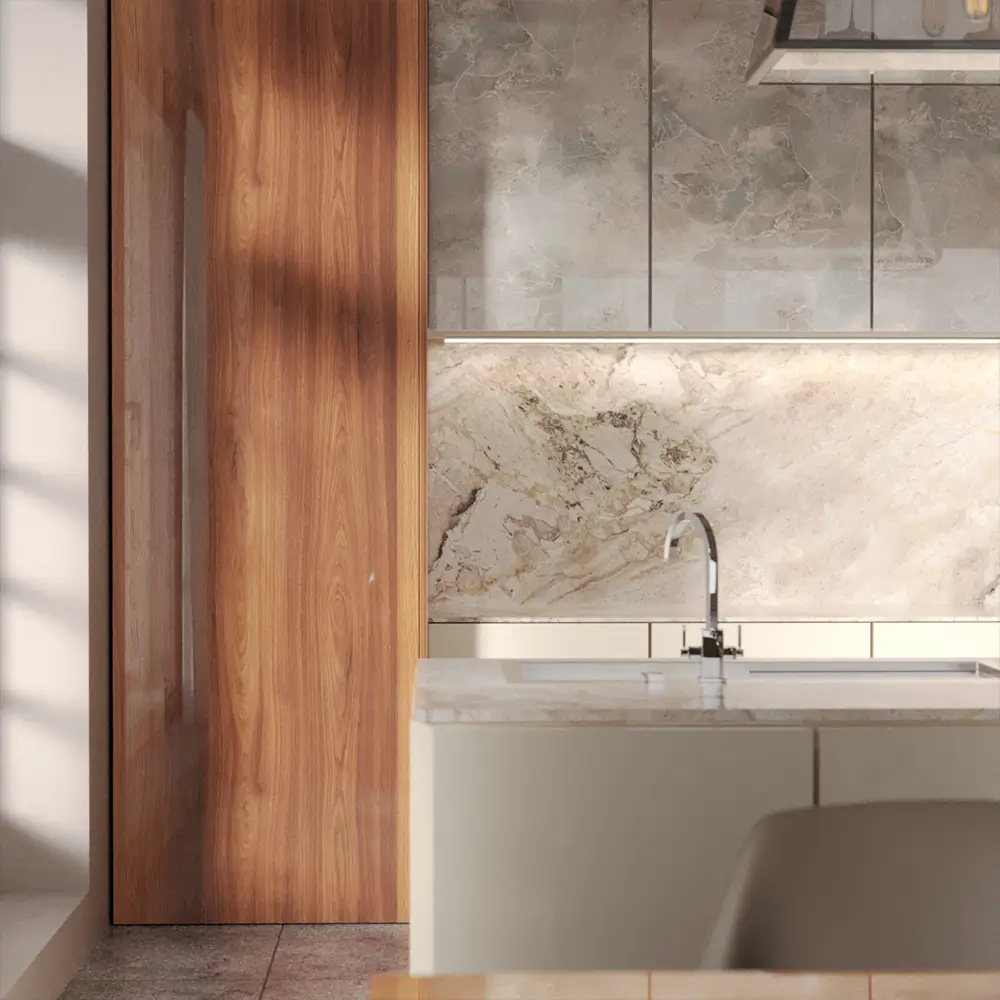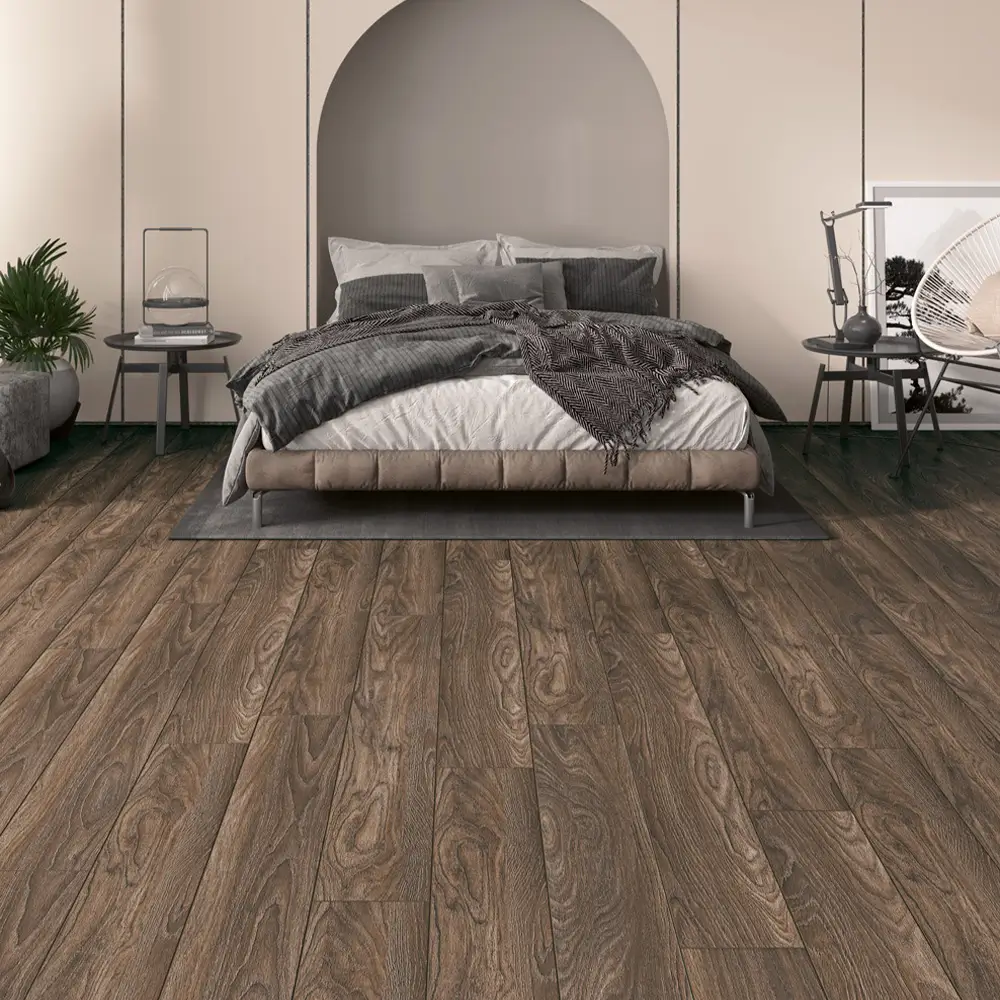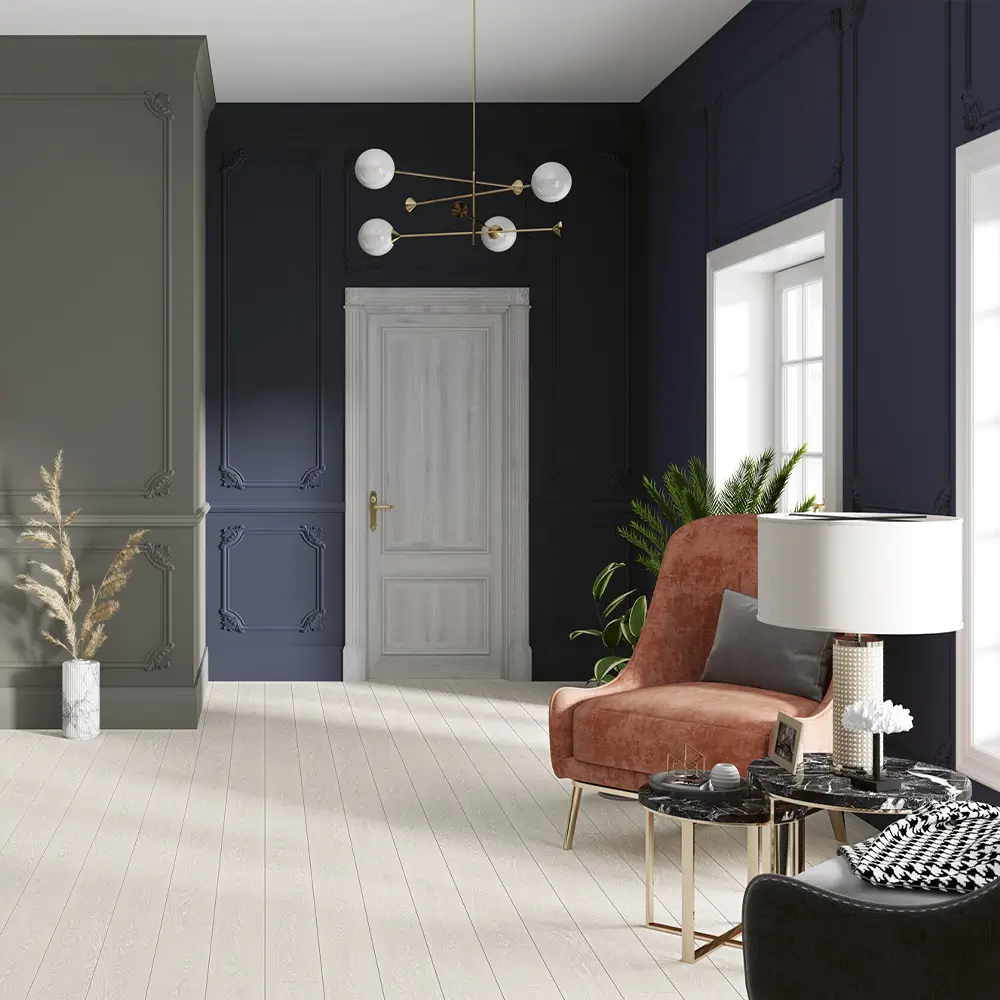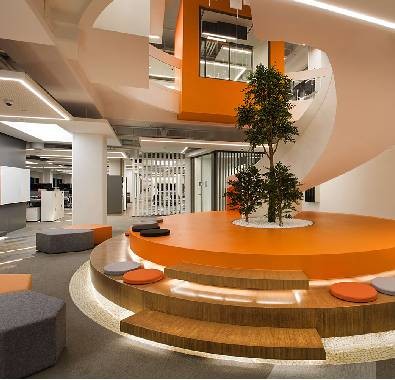
Category
inspiring ideas
inspiring ideas
Urbanization and disconnection from nature can cause people to experience problems with their health and happiness. Today, in addition to criteria such as efficient use of space, functionality, and aesthetics, which are taken into consideration when creating design concepts, it is also necessary to create designs that care about human health in order to increase work. This trend, which has been on the rise in recent years, is called "well-being", or holistic well-being.
The concept of well-being, which summarizes the state of being physically, mentally, and spiritually balanced and good, has become one of the most important elements in office environments where a significant part of daily life takes place. Well-being-oriented designs are a very important criterion in choosing a job, especially for the younger generations who avoid busy work schedules. The offices in the Well building structures, which are made with the Well-being design approach, set human health and happiness as the target as a design. By taking into account criteria such as air health, water cleanliness and food quality in office environments, office designs that ensure the happiness of employees and reduce their stress are created to increase the productivity of employees.
Companies that want to develop projects on well-being achieve more effective results with the psychological improvements they make on their employees, in addition to their investments in spatial expenses such as energy and rent.
Of course, adapting a building to Well-being should not be considered an easy task. With the contribution and cooperation of many professionals specialized in their fields, work was initiated in 2007 to create a new certification system aimed at improving human health in buildings. The standard, developed as a result of seven years of rigorous scientific work, was published for the first time in October 2014 under the name "WELL Building Standard".
The so-called WELL Building standard does not recognize the design, construction, and operation strategies and criteria to be applied to protect and improve the physical, mental, and spiritual health of building users. In addition to transforming buildings into physically healthy environments, WELL Building encourages users to change their lifestyles positively with the healthy choices it offers.
Today's conditions are making people increasingly unhappy as competition in the business world is added to the chaos brought about by high levels of urbanization. The well-being design approach, which sets out to change and improve people's working conditions, is expected to make a name for itself and appeal to more and more companies as the days go by.
In summary, Well-being philosophy is a human-oriented design approach that points to ideal living conditions in both architectural structures and industrial designs.
Mimaristudio, the leading representative of the well-being architectural design approach in Türkiye, draws attention with the projects it has realized. We would like to thank Mimaristudio, whose resources on this movement we have benefited from, and Gürkan Akay for providing the visuals, for their support.
Beijing's Wealth of Trees
PREVIOUS
Bauhaus School and Today's Understanding of Design
NEXT


